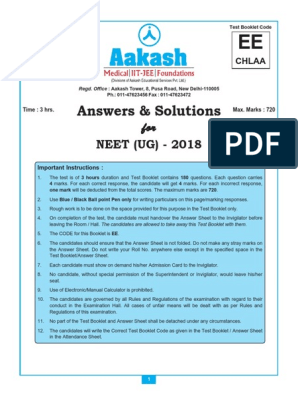Engineering Alloys (307) Lecture 7 Titanium Alloys I
David Dye
Department of Materials, Imperial College Royal School of Mines, Prince Consort Road, London SW7 2BP, UK +44 (207) 594-6811, david.dye@imperial.ac.uk
Imperial College London
�Outline
Ti primary production CP Ti and applications -Ti alloying, alloy design near- alloy microstructures, forging and heat treatment / alloys, Ti-6Al-4V defects
Page 2
Imperial College London
�Ti Primary Production Kroll Process
Ti common in Earths crust Energy to separate ~125 MWhr/tonne (4/kg just in power) Batch process over 5 days:
Produce TiCl4 from TiO2 and Cl2 TiCl4 + 2 Mg 2 MgCl2 + Ti chip out Ti sponge (5-8t) from reactor cost 5/kg Chlorides corrosive, nasty
Page 3
Imperial College London
World annual capacity ~100,000 t, demand ~60,000t ($500m - small) Need a cheaper process that is direct
FFC (Cambridge) and others
�Subsequent Processing
Page 4
Imperial College London
harvey fig p11
�Casting
Page 5
Imperial College London
Use skull melting (EBHCR) instead of VIM/VAR/ESR for final melting stage in triple melting process
�Ti Allotropes, Phase Diagram
Pure Ti:
L (bcc) @ 1660 C (hcp) @ 883 C
Page 6
Imperial College London
=4.7 g/cc highly protective TiO2 film Diffusion in 100x slower than in
origin of better creep resistance
�Alloying: Pure alloys
stabilisers: O, Al (N,C) stabilisers: V,Mo,Nb,Si,Fe neutral: Sn, Zr Strengthen pure alloys by
solid solution O, Al, Sn Hall-Petch = 231 + 10.5 d cold work martensite reaction exists, of little benefit (not heat-treatable)
Page 7
Imperial College London
harvey fig p13 Table of CP Ti
Uses: chiefly corrosion resistance
chemical plant heat exchangers cladding
�Microstructures near alloys
stabilisers raise / transus stabilisers to widen / field and allow hot working heat treatable
~10% primary (grain boundary) during h.t. @ >900C oil quench intragranular plates + retained age at ~625C to form , spheroidise and stress relieve Then >>90%
Page 8
Imperial College London
Lightly deformed (~5%) Ti-834
�Properties near- alloys
Page 9
Imperial College London
Refined grain size
stronger better fatigue resistance
Predominantly few good slip systems
good creep resistance
Si segregates to dislocation cores inhibit glide/climb further
�Ti Creep Rates
Page 10
Imperial College London
�+ alloys: Microstructures
Contain significant stabilisers to enable to be retained to RT Classic Ti alloy: Ti-6Al-4V
>50% of all Ti used
Page 11
Imperial College London
Classically
1065 C all forge @ 955C acicular on grain boundaries to inhibit coarsening Air cool produce lamellae colonies formed in prior grains (minimise strain), w/ in between (think pearlite)
�Ti-6-4: heat treat
Page 12
Imperial College London
�Ti-6-4: properties
N.B. Must avoid Ti3Al formation
via Al equivalent: Al+0.33 Sn + 0.16 Zr + 10 (O+C+2N) < 9 wt%
Page 13
Imperial College London
ppt hardening + grain size
�Defects
Page 14
Imperial College London
Major -related problem is the production of -rich regions due to oxygen (+N) embrittlement the entrapment of O-rich particles during melting Called case Also a problem in welding often Ti is welded in an Ar-filled cavity to avoid this
alloys suffer from -rich regions from solute segregation ( flecks), and/or from embrittling phase, a diffusionless way to transform from -bcc to a hexagonal phase.
more in lecture on alloys
�Review: Titanium I (L7)
near- microstructure
Page 15
Imperial College London
/ microstructure
-Ti Alloys
Casting
Phase Diagram




















































































